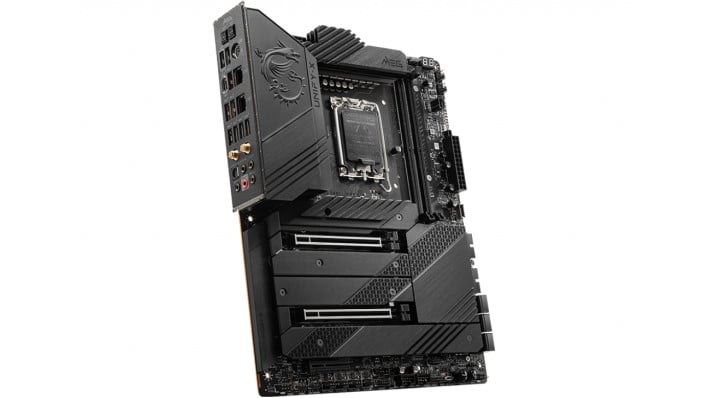MSI Defies Intel By Enabling AVX-512 On MEG Z690 Motherboard But There's A Catch

As contentious as the topic is among certain enthusiasts, for the most part, the presence or absence of 512-bit-wide vectors in Intel's desktop CPUs is a largely academic consideration. Very little software makes use of AVX-512. Certainly there's not much that Intel expects purchasers of its mainline desktop and laptop CPUs to be running, anyway.
There are a few applications, though. Most notably for gamers, console system emulators such as RPCS3 for the PlayStation 3 and Yuzu Emulator for the Nintendo Switch can see a benefit from having access to the instruction set. In both cases it's not about the extra-wide vectors, but the new instructions that come along as part and parcel of having AVX-512 support.
There's another use case for AVX-512 on the desktop, though. Overclockers like it because certain apps used for benchmarking support it, such as Y-cruncher. You might think the continual contest between overclockers to get the highest score in this benchmark or that is silly, but in truth, having your product hold the record in a popular benchmark holds a lot of cachet in certain circles.

What this actually does beyond enabling the use of AVX-512 on an installed Alder Lake CPU isn't completely clear, but it's possible that toggling the board over to "AVX-512 Trial" switches to an older CPU microcode. This could have deleterious effects on other aspects of the CPU, such as security or even performance (by removing DDR5 memory controller optimizations in newer firmware), but that would need testing to confirm.
Of course, you still need to have the processor's E-cores disabled altogether to enable AVX-512, because the little Gracemont cores don't support the instruction set. That might be the reason that Intel has apparently forced motherboard makers to ship BIOS updates that include the new microcode, removing support for AVX-512 entirely. Intel is deeply invested in its hybrid architecture, and may not want there to be any reason at all for users to disable the E-cores.
Intel also could have made the decision for market segmentation reasons, or due to legal liability, or any number of other reasons. Notably, though, a reply to Xaver's tweet implies that the MSI Z690-A Pro DDR4 also got the toggle with the latest beta BIOS. That board uses well-established DDR4 memory which doesn't need the sort of tuning that DDR5 is still getting, and might see fewer consequences from enabling the toggle.
If you have an MSI Z690 board, and you don't mind updating your motherboard to a beta BIOS file, we'd love to hear back from you if the toggle appears. Folks who want to keep the full functionality of their purchased processor available may want to go looking for a beta BIOS themselves, as we imagine that Intel could ask MSI to remove these sooner than later.

